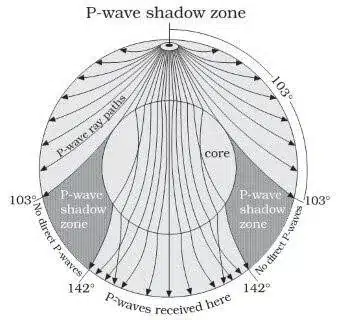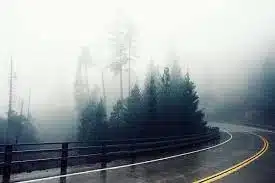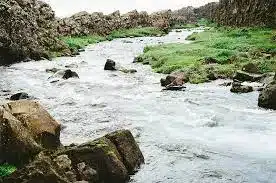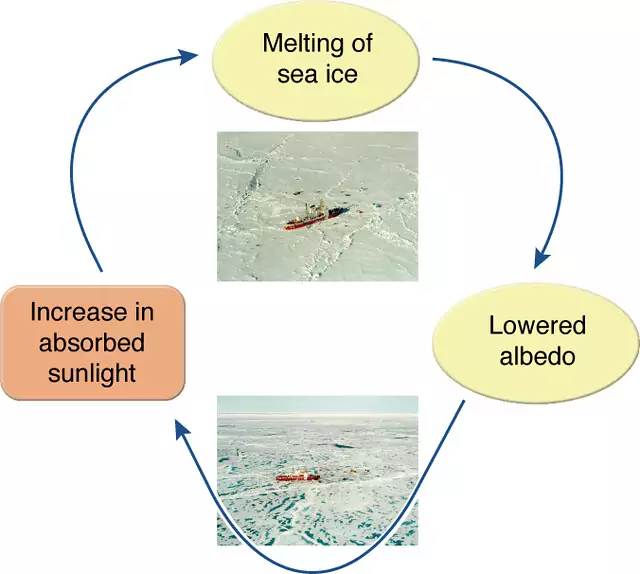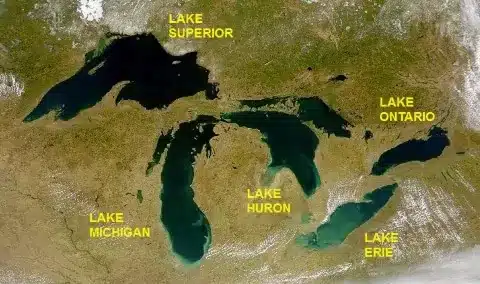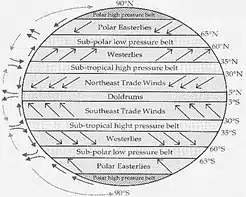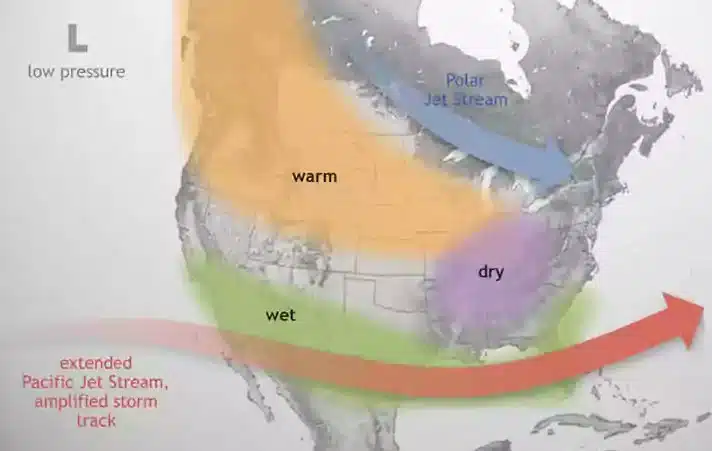Naming Of Tropical Cyclones
In 2000, the World Meteorological Organisation (WMO) agreed to start assigning names for cyclones over the North Indian Ocean basin using a list of names suggested by the countries surrounding the ocean basin.
Process of naming
- There are six regional specialised meteorological centres (RSMCs) and five regional Tropical Cyclone Warning Centres (TCWCs) across the globe to monitor cyclogenesis, issue advisories and name cyclones.
- IMD’s RSMC in New Delhi is one among them that provide advisories to 13 countries in the north Indian Ocean basin: Bangladesh, India, Iran, Maldives, Myanmar, Oman, Pakistan, Qatar, Saudi Arabia, Sri Lanka, Thailand, United Arab Emirates and Yemen.
- RSMC, New Delhi is, therefore, responsible for naming cyclones over the Bay of Bengal and the Arabian Sea based on the suggested names from all these countries.
- Out of several criteria for naming cyclones, some very important ones are: names should be politically and culturally neutral, should not be rude and cruel and should be short, easy to pronounce. The maximum permissible length of the cyclone names is eight letters.
- As per the WMO guidelines, a list of 64 names was drawn in 2004 using the suggested names from eight countries in the region. Exactly a year ago, in May 2020, Cyclone Amphan became the last cyclone to get its name from the old list.
- In 2020, a new list of cyclone names (above) was issued by IMD, following WMO guidelines.
- The new list comprises 13 names of cyclones each for the 13 member countries, totalling to 169.
- The names for India include Gati, Tej, Murasu, Aag, Vyom, Jhar, Probaho, Neer, Prabhanjan, Ghurni, Ambud, Jaladhi and Vega.
Why is it important to name cyclones?
Tropical cyclones can last for a week or more; therefore there can be more than one cyclone at a time. Weather forecasters give each tropical cyclone a name to avoid confusion.
- Adopting names for cyclones makes it easier for people to remember, as opposed to numbers and technical terms.
- Apart from the general public, it also helps the scientific community, the media, disaster managers etc.
- With a name, it is easy to identify individual cyclones, create awareness of its development, rapidly disseminate warnings to increased community preparedness and remove confusion where there are multiple cyclonic systems over a region.
What are the guidelines to adopt names of cyclones?
While picking names for cyclones, here are some of the rules that countries need to follow. If these guidelines are following, the name is accepted by the panel on tropical cyclones (PTC) that finalises the selection:
- The proposed name should be neutral to (a) politics and political figures (b) religious believes, (c) cultures and (d) gender
- Name should be chosen in such a way that it does not hurt the sentiments of any group of population over the globe
- It should not be very rude and cruel in nature
- It should be short, easy to pronounce and should not be offensive to any member
- The maximum length of the name will be eight letters
- The proposed name should be provided with its pronunciation and voice over
- The names of tropical cyclones over the north Indian Ocean will not be repeated. Once used, it will cease to be used again. Thus, the name should be new.
Complete list of 169 names
- Here is the complete list of 169 names.
- The first cyclone name which will be chosen will be the one in the first row of the first column — Nisarga by Bangladesh. Next, India’s choice, Gati, will be chosen, and so on.
- Subsequent cyclones are being named sequentially, column-wise, with each cyclone given the name immediately below that of the previous cyclone. Once the bottom of the column is reached, the sequence moves to the top of the next column.
- Recent cyclones : Tauktae in Arabian sea and Yaas in Bay of Bengal.
| Bangladesh | Nisarga | Biparjoy | Arnab | Upakul | Barshon | Rajani | Nishith |
| India | Gati | Tej | Murasu | Aag | Vyom | Jhar | Probaho |
| Iran | Nivar | Hamoon | Akvan | Sepand | Booran | Anahita | Azar |
| Maldives | Burevi | Midhili | Kaani | Odi | Kenau | Endheri | Riyau |
| Myanmar | Tauktae | Michaung | Ngamann | Kyarthit | Sapakyee | Wetwun | Mwaihout |
| Oman | Yaas | Remal | Sail | Naseem | Muzn | Sadeem | Dima |
| Pakistan | Gulab | Asna | Sahab | Afshan | Manahil | Shujana | Parwaz |
| Qatar | Shaheen | Dana | Lulu | Mouj | Suhail | Sadaf | Reem |
| Saudi | Jawad | Fengal | Ghazeer | Asif | Sidrah | Hareed | Faid |
| Sri Lanka | Asani | Shakhti | Gigum | Gagana | Verambha | Garjana | Neeba |
| Thailand | Sitrang | Montha | Thianyot | Bulan | Phutala | Aiyara | Saming |
| UAE | Mandous | Senyar | Afoor | Nahhaam | Quffal | Daaman | Deem |
| Yemen | Mocha | Ditwah | Diksam | Sira | Bakhur | Ghwyzi | Hawf |
| Bangladesh | Urmi | Meghala | Samiron | Pratikul | Sarobor | Mahanisha |
| India | Neer | Prabhanjan | Ghurni | Ambud | Jaladhi | Vega |
| Iran | Pooyan | Arsham | Hengame | Savas | Tahamtan | Toofan |
| Maldives | Guruva | Kurangi | Kuredhi | Horangu | Thundi | Faana |
| Myanmar | Kywe | Pinku | Yinkaung | Linyone | Kyeekan | Bautphat |
| Oman | Manjour | Rukam | Watad | Al-jarz | Rabab | Raad |
| Pakistan | Zannata | Sarsar | Badban | Sarrab | Gulnar | Waseq |
| Qatar | Rayhan | Anbar | Oud | Bahar | Seef | Fanar |
| Saudi | Kaseer | Nakheel | Haboob | Bareq | Alreem | Wabil |
| Sri Lanka | Ninnada | Viduli | Ogha | Salitha | Rivi | Rudu |
| Thailand | Kraison | Matcha | Mahingsa | Phraewa | Asuri | Thara |
| UAE | Gargoor | Khubb | Degl | Athmad | Boom | Saffar |
| Yemen | Balhaf | Brom | Shuqra | Fartak | Darsah | Samhah |
Also refer :


